"see/saw" Digeest
2012. Jul. at YOKOHAMA Creative Center, JAPAN
2012. Aug. at Echigo-Tsumari Art Triennale, JAPAN
2014. Feb. at PenangPAC, Penang, Malaysia
2014. Mar. at KLPAC, Kuala Lumpur, Malaysia
2014. Aug. at KANAZAWA Art Village, JAPAN
"see/saw" Promotion
Choreographer : Mikuni Yanaihara
Video Projection & Lighting: Keisuke Takahashi
Music : SKANK
Set Designer : Takuya Kamiike
Costume Designer : Takayuki Suzuki
Performers :
Emi Oyama, Akina Kinukawa, Ayako Yamashita, Ayako Fukushima
Ensemble cast : Yuri Kinugawa, Manaho Kaneko, Misato Mochizuki, Kazumasa Takahashi, Maki Kurita, Yu Tomatsu, Haruna Maekawa, Hiroki Kadota, Yumiko Takeda, Ririko Ohniwa, Takehito Kinoshita, Miho Shibayama, Itaru Sasaki, Taiki Nakano
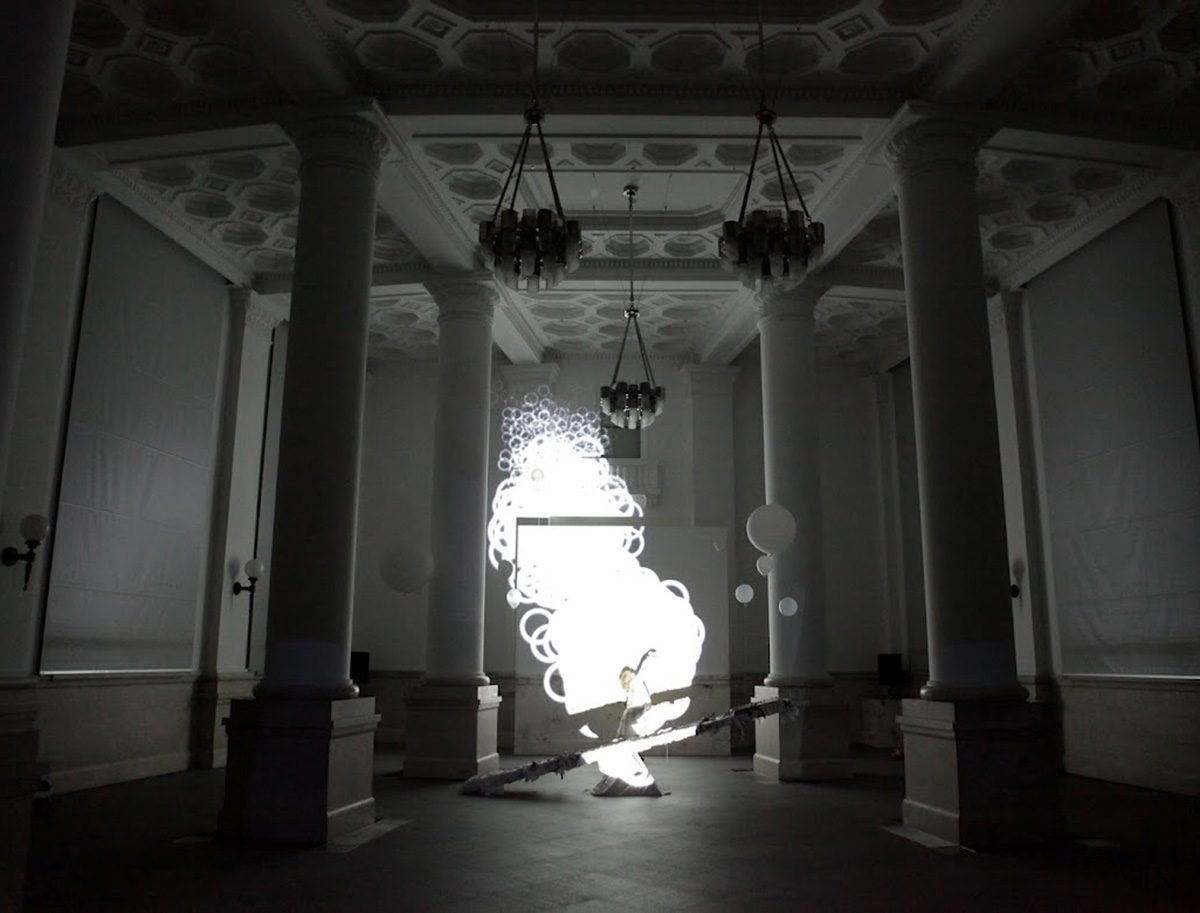
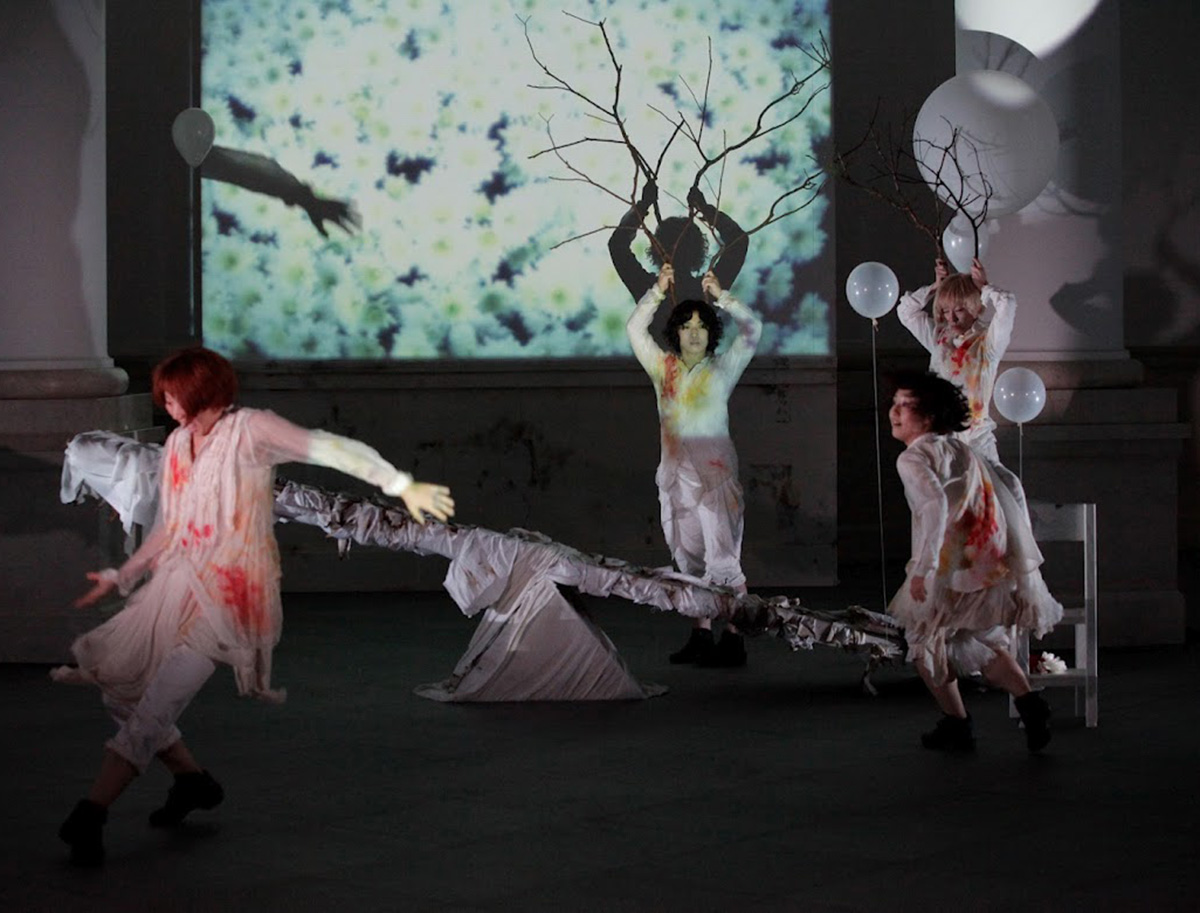
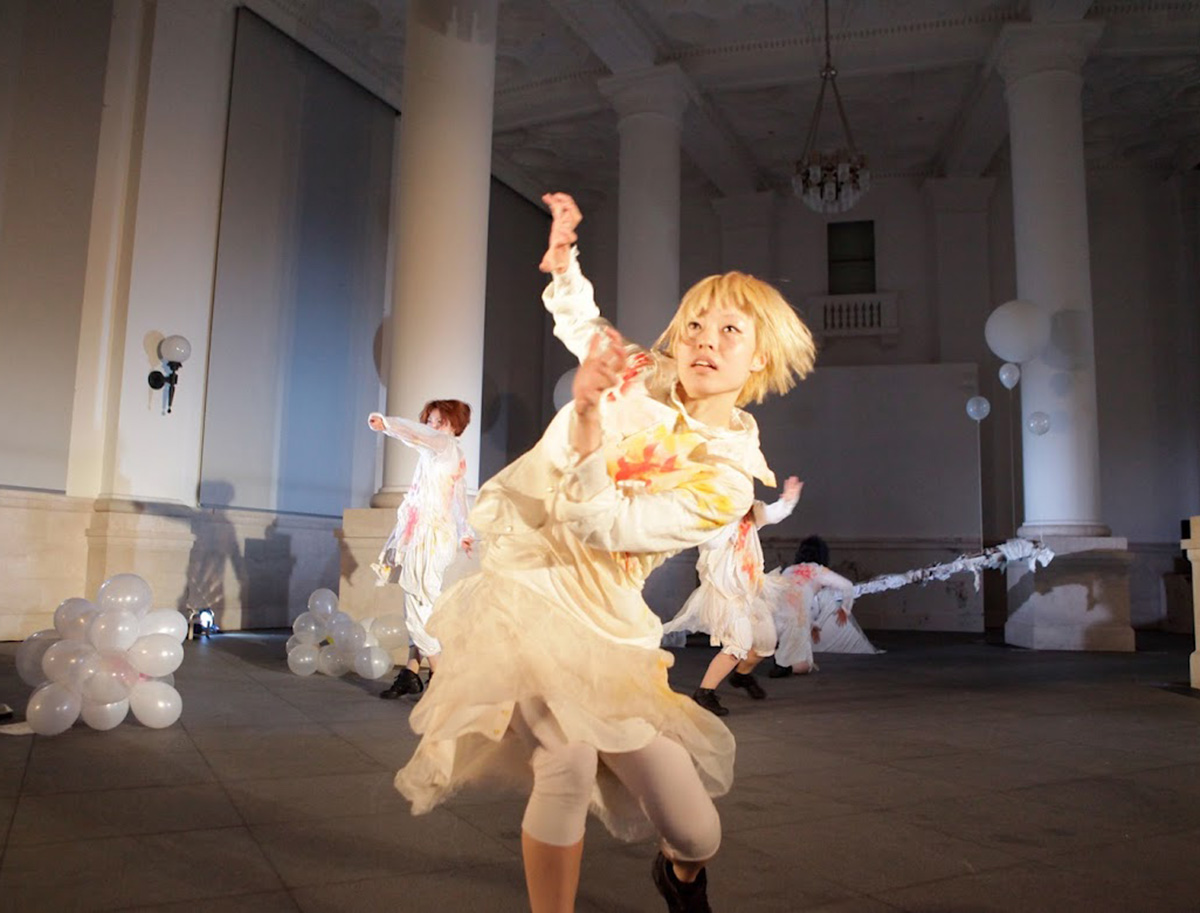
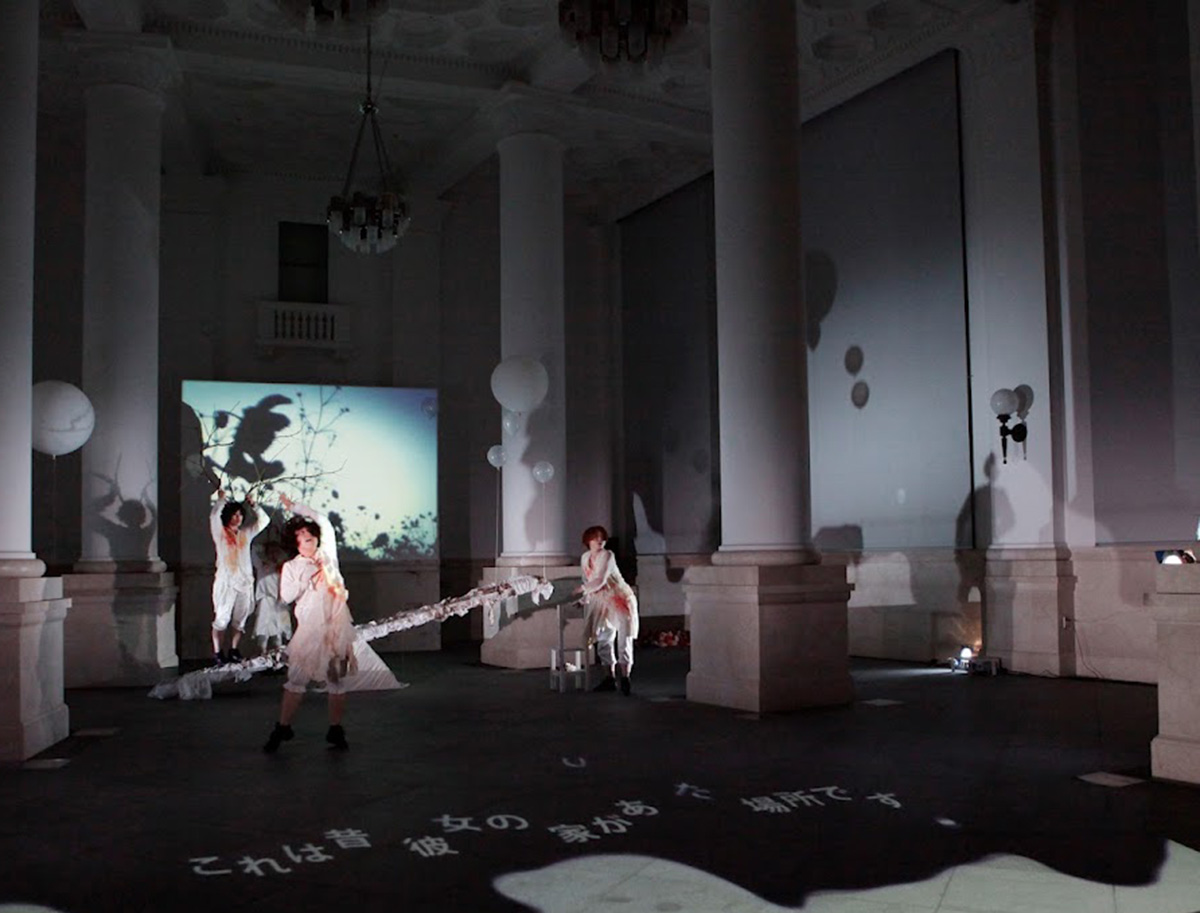

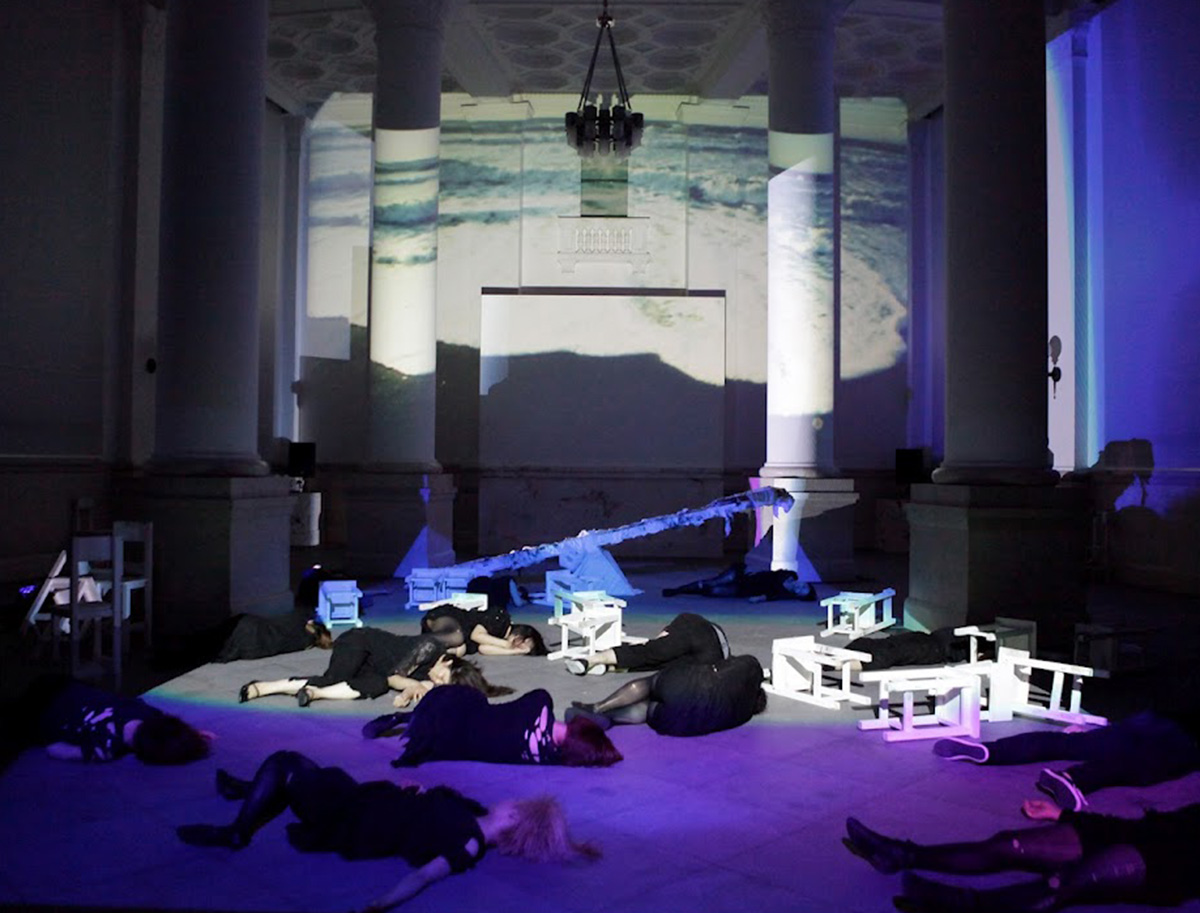
photo:Hideto Maezawa
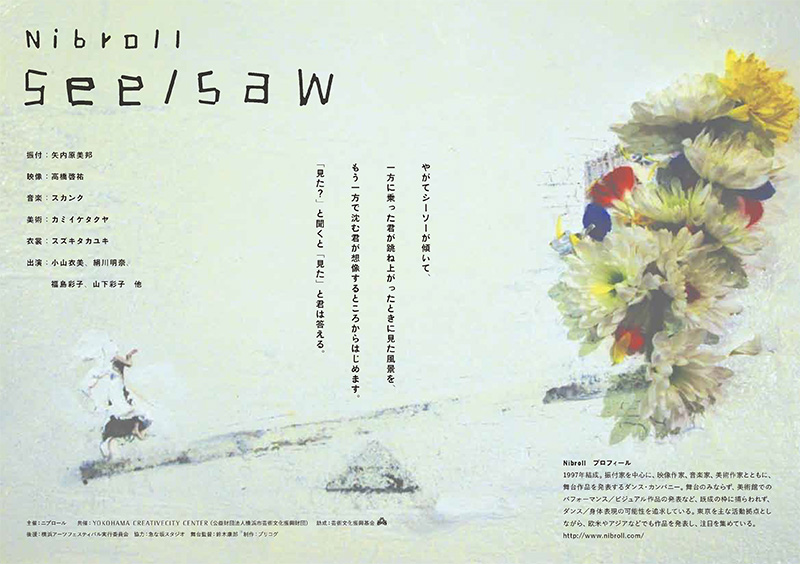
Flyer design: Okamoto Tsuyoshi+, Takuya Kamiike
- Concept -
A piece created by Nibroll, reborn as a dance company in 2012, on the theme of “life and death.” Normal everyday life was interrupted by March 11th 2011, and the work with its sense of plunging down into despair shook many in the audience. A one month-long show was performed at the Yokohama Creative City Center involving 4 main dancers and 15 extras. Subsequently, another version developed through collaboration with the local community was presented at the Echigo-Tsumari Art Triennale.
The title of the piece is “see/saw.” It’s something that probably everyone has played with at least once during their childhood. The word is composed of “see” (to view) and “saw” (tool for cutting, to move back and forth) but this combination of past and present tense gives rise to a variety of images. What was it that we saw as it creaked repeatedly carrying you up and down? And who was sitting at the other end?
We start from where you imagine as you go down, the scene you saw as you went up whilst sitting on the other end,
when the seesaw eventually tips over. Recall the days to come, describe the days gone by,why something was chosen, why something was not, you ponder, born on one day, dead on another, imagine a scene seen at a faraway place that’s not here.
And when asked “Did you see?”, you say “I saw”.
It appears that throughout the world people make an offering of flowers when a person has died, regardless of religion. Why flowers for the dead? This piece began from this simple question. It seems like a person’s death is linked to those left living by a series of scenes. Perhaps the flowers are a symbol of those scenes. Those living offer the memories they have of the dead, a scene from the past, as flowers. Even if it was the same scene, each person is different, in terms of environment, time, the circumstance into which a person is born as well as philosophy, values, religion and physique. If one were to compare it to a seesaw, depending on how high or low, heavy or light, and the speed, people come to learn of various things, etch them into their memory, and become subjective about their life and death. If one were on a seesaw, can you imagine who’s on the other end? Is it you, or someone else? The moment a person offers a flower, he senses the distance to that person up till that point, in the future, and as of that moment. At the same time with a premonition of their own death, think about how they can how to view their life and death subjectively. This piece is about memories but it’s a compilation of various people’s memory fragments. “See” and “saw,” and the scenery in between.
- Review -
Tatsuro Ishii, Dance Clitic
I had always had an eye on Nibroll for their seeming ability to condense an accumulation of discontent down to “physical scenery” of youth. They rely not only on existing dance terminology, but their methodology where imagery, sound and dance integrates whilst still retaining their distinct appeal is both pop, yet desperate. Mikuni Yanaihara had been flexing her singular talent as a playwright of late, receiving the Kishida Award for Maemuki! Taimon, but is it just me that feels a big gap in the Japanese contemporary dance scene when she steps away even a little from the world of dance? see/saw is a full-fledged dance piece that more than fills the void. Anger, sadness, and emptiness explodes at the current times and society. It’s clear that March 11th 2011 is at its base but the piece rejects attempts to provide a concrete definition, and instead appeals with its strong imagery. Life and death, memory and reality, what one sees now (see) and what one saw in the past (saw). Two sides of a coin which oscillate, just like a seesaw — Kamiike Takuya’s stage design which plays white against black as if dividing the 2 worlds is superb. The seesaw at center stage wrapped up in bandages symbolizes this piece, and at the same time, the audience. Emi Oyama’s neutral presence in the beginning, quietly moving at the back of the stage, is captivating. Quickly 3 young girls join in their white costumes touched with crimson, and frolic happily. But this is an omen of the catastrophe that’s about to occur. In the blackout the balloons burst violently, the stage goes from white to black. The costumes of the pack who move with ferocious intensity turns black. The housing areas and oceans projected onto the background, is that the scenery that used to exist there? Half way through, the scene in which everyone shouts continues forever. As if they have lost all other means of self- expression except to shout. Keisuke Takahashi’s visuals, which has played a central part in Nibroll, skillfully makes use of real, animated, and abstract imagery, and adds vibrancy to the work. Also, the sound by SKANK pulls the piece along, penetrating into the souls of the audience. The fact that Yanaihara, Takahashi, SKANK, and Kamiike share a single direction and yet are able to exert the full force of their individual creativity is delicious. With the death of family and acquaintances, destruction of familiar scenery, and when everything falls apart in front of your eyes, what can a person do? How about artists? Where should they gaze at, and what should they express? Some stage performers adopted these themes already, but Yanaihara, she has flung fifteen years’ worth of experience of Nibroll into it, brushing aside lighthearted sympathy and sentimentality. Contemporary dance in Japan has evolved through different path from Western or other Asian nations. A prominent piece like this makes me believe that it could only have come about from there.
Echigo-Tsumari Triennale 2012
Video Documentation : Keisuke Takahashi
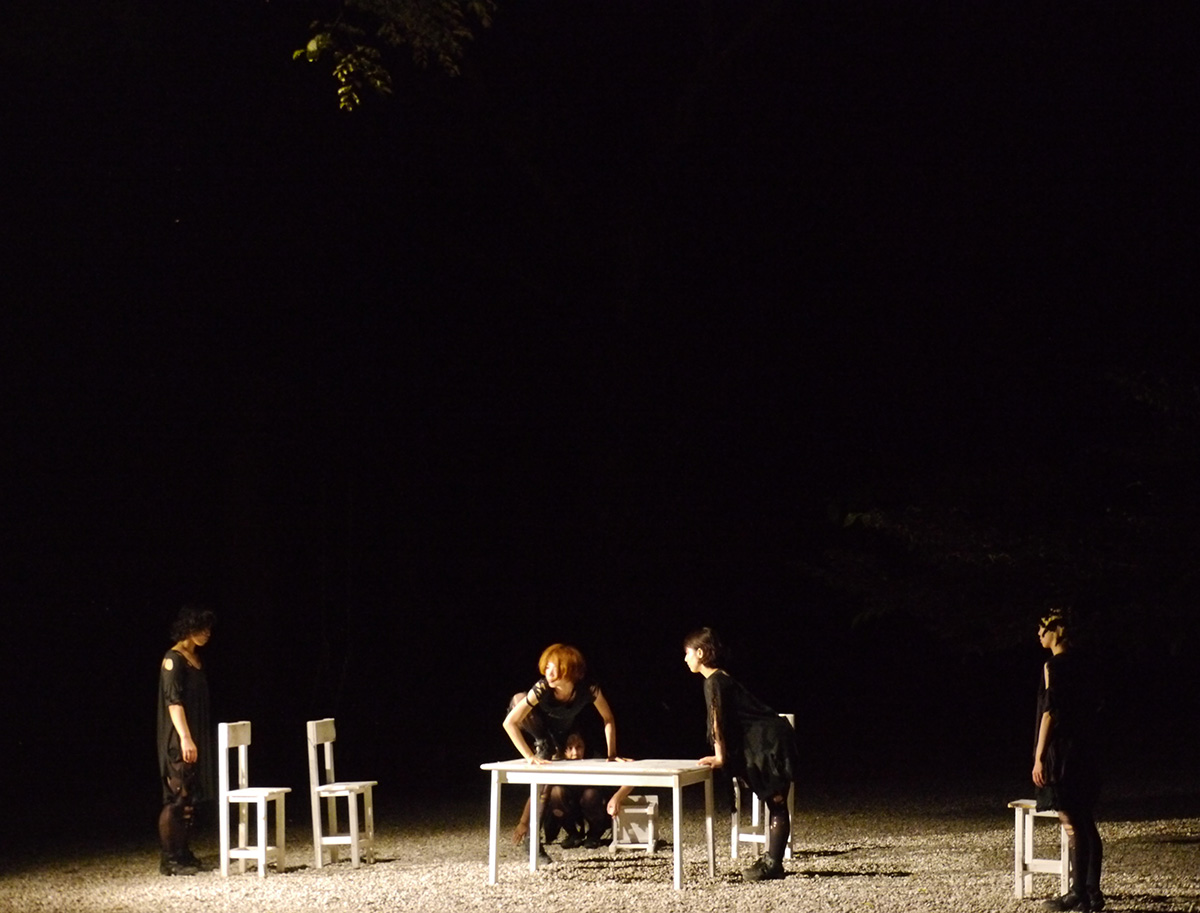
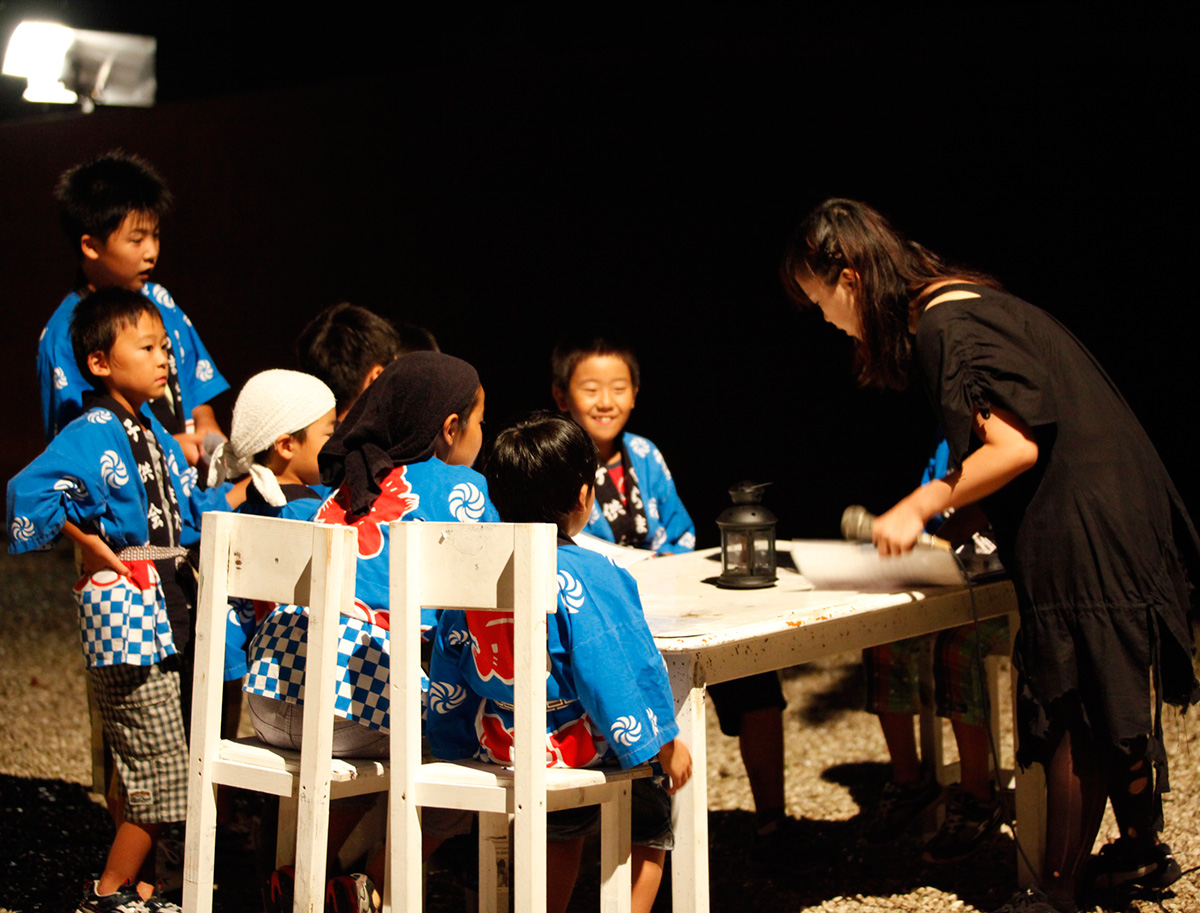
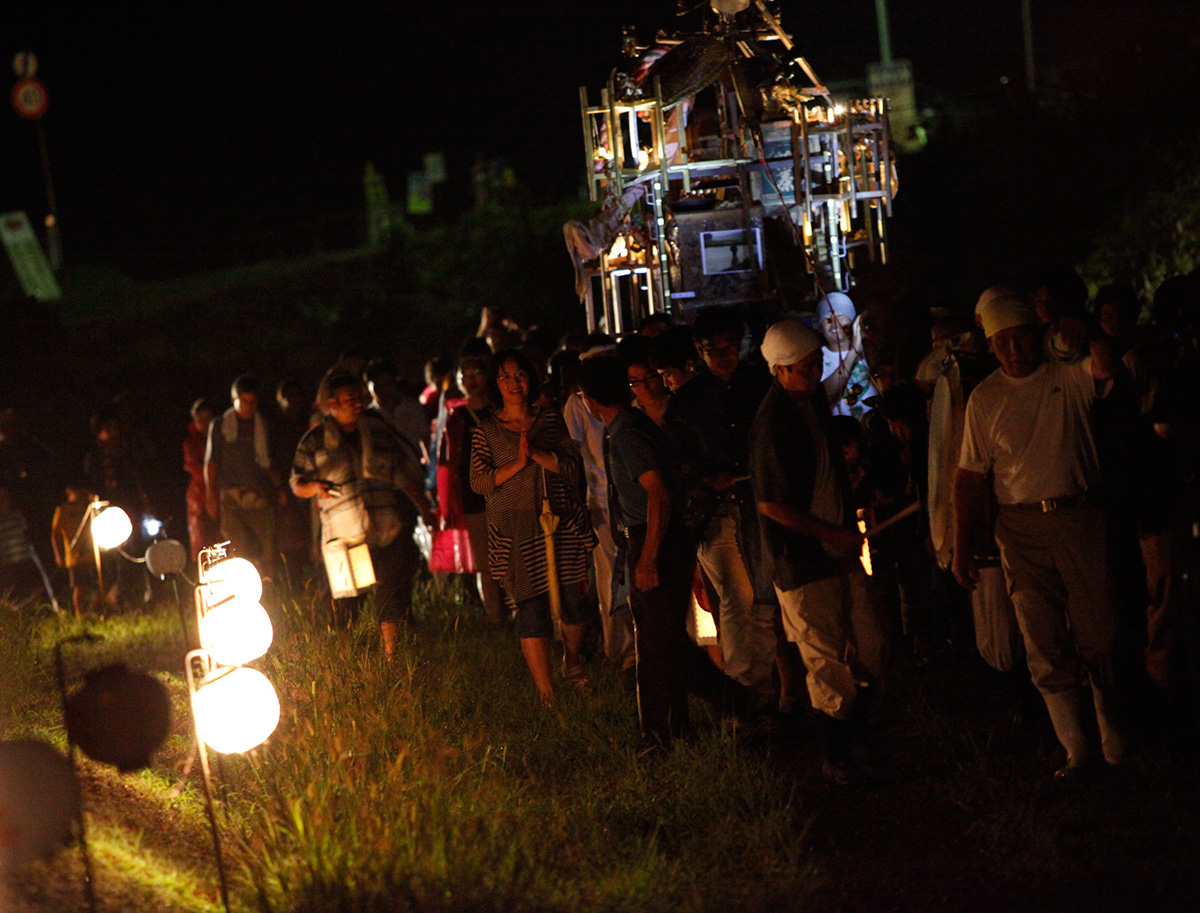
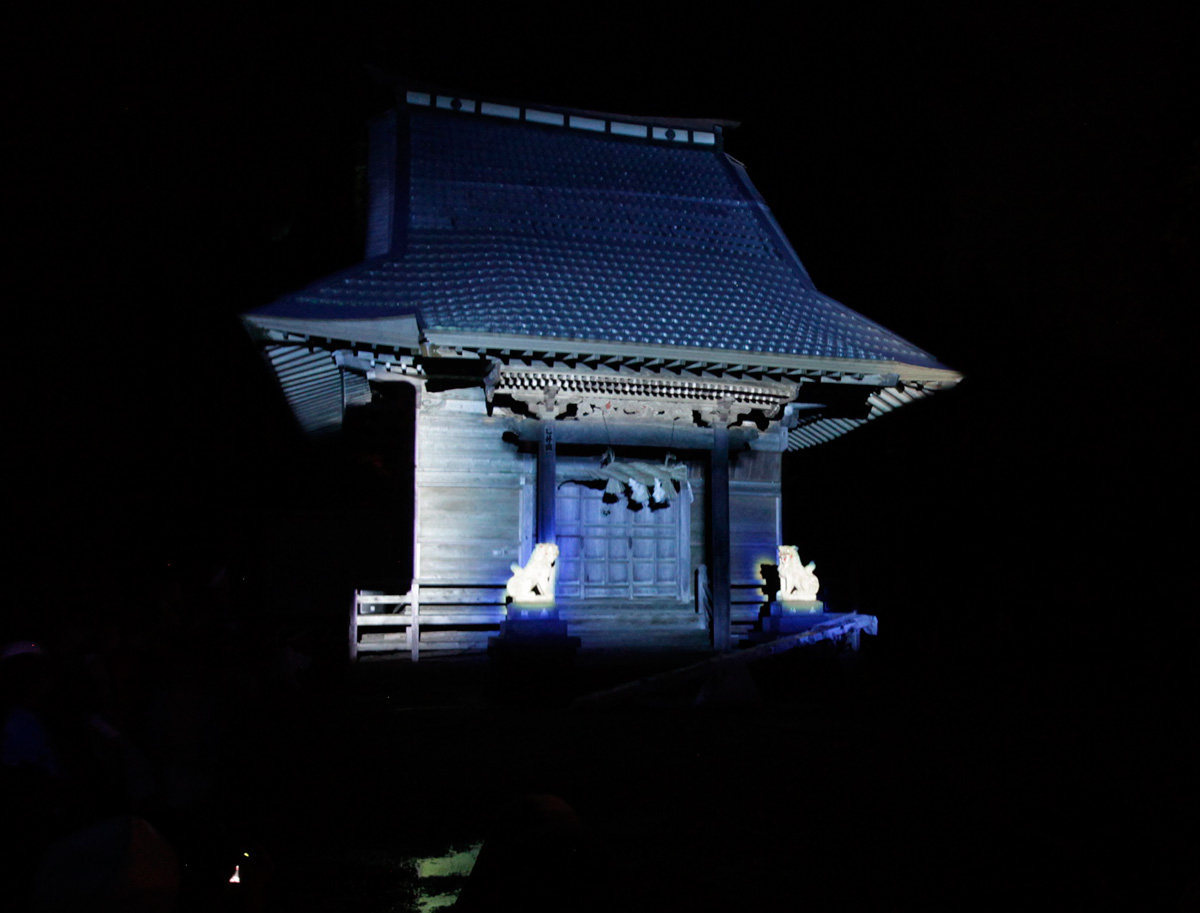
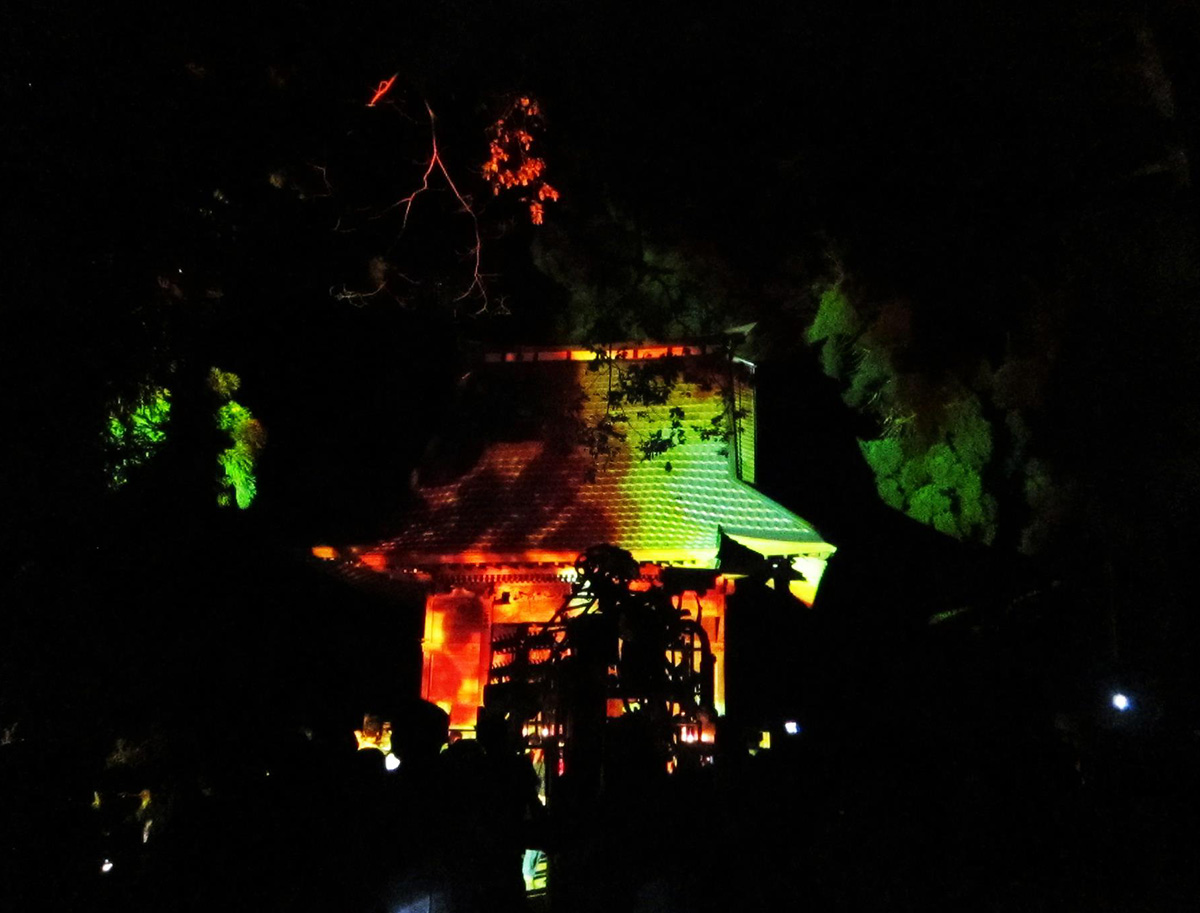
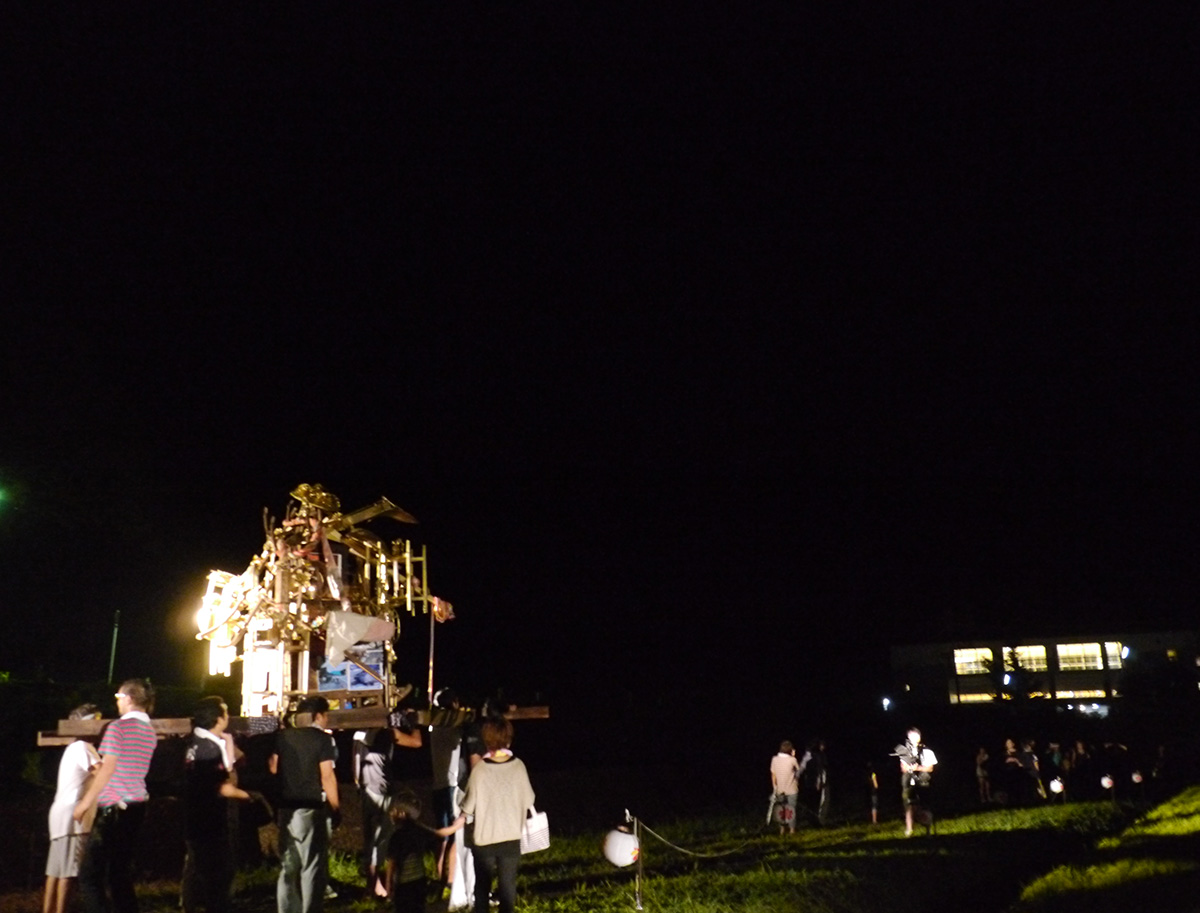
photo:Yuhei Kaneda
The Tour of Malaysia
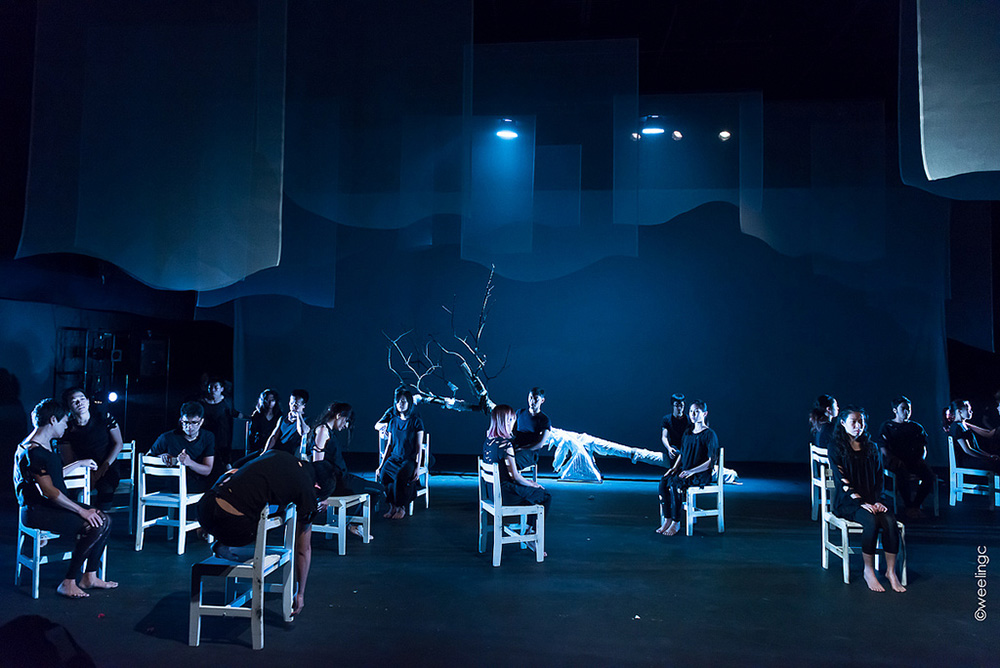
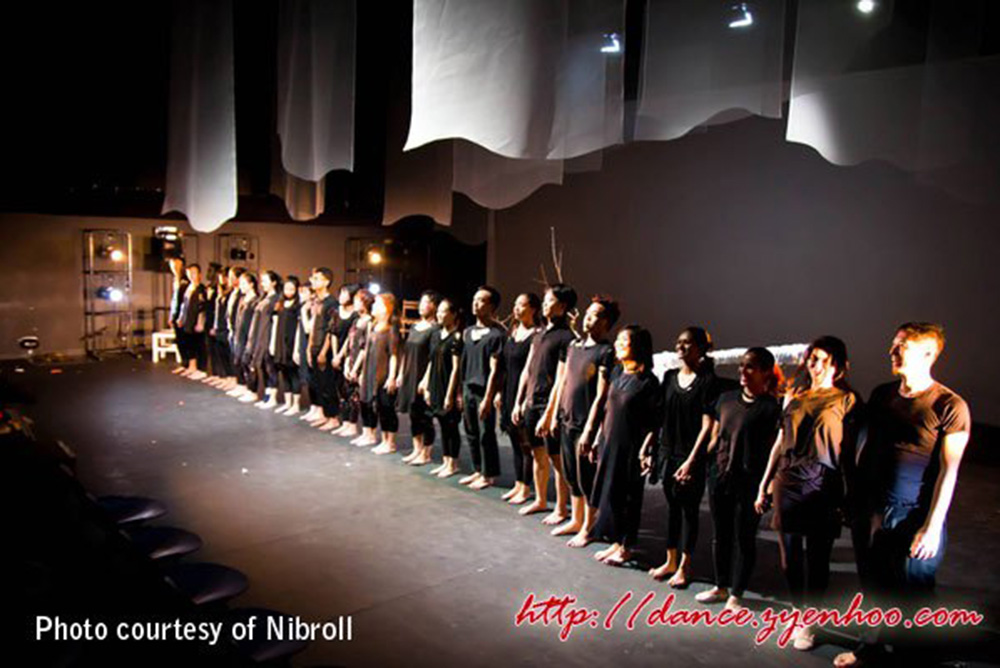
2014. Feb. at Penang PAC and KL PAC
Collaboration with dancers in Malaysia
+ Japan Foundation Kuala Lumpur
Dancer's column
Zyen Hoo "a dancer’s perspective"
+ zyenhoo dot com
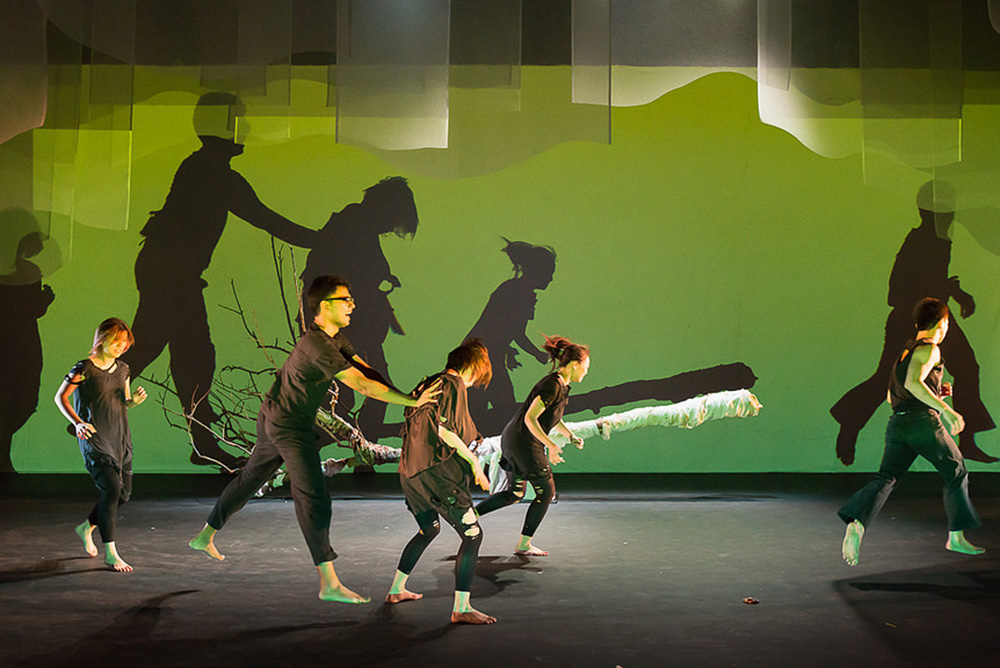
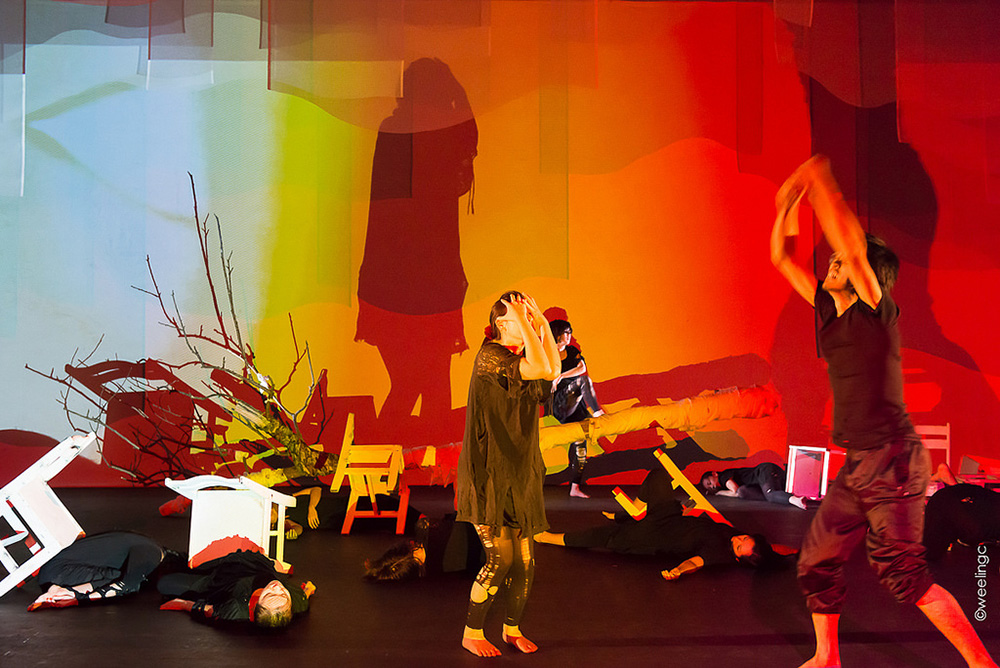
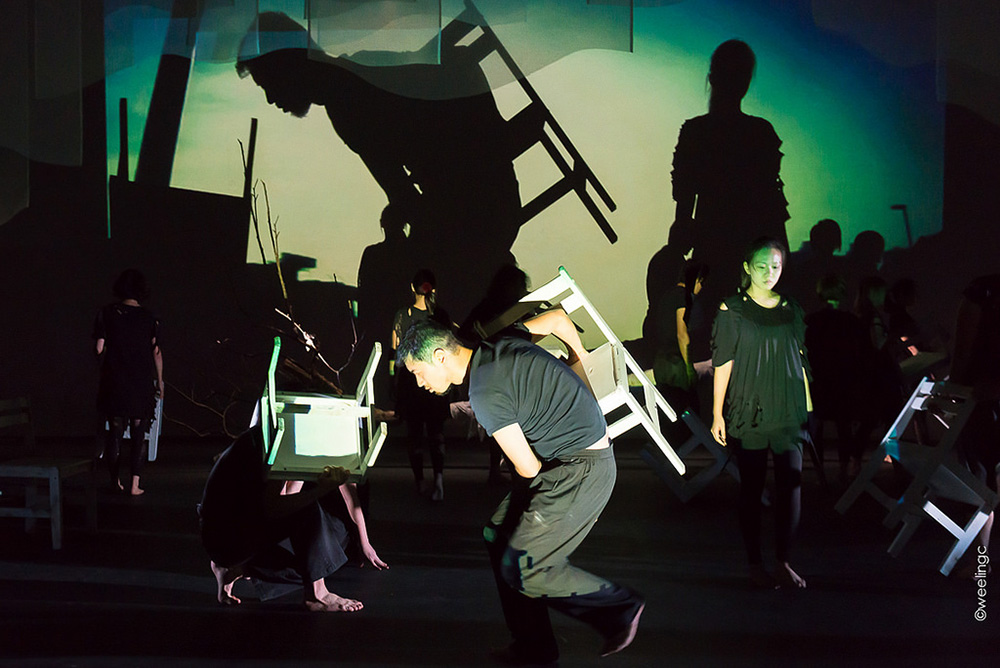
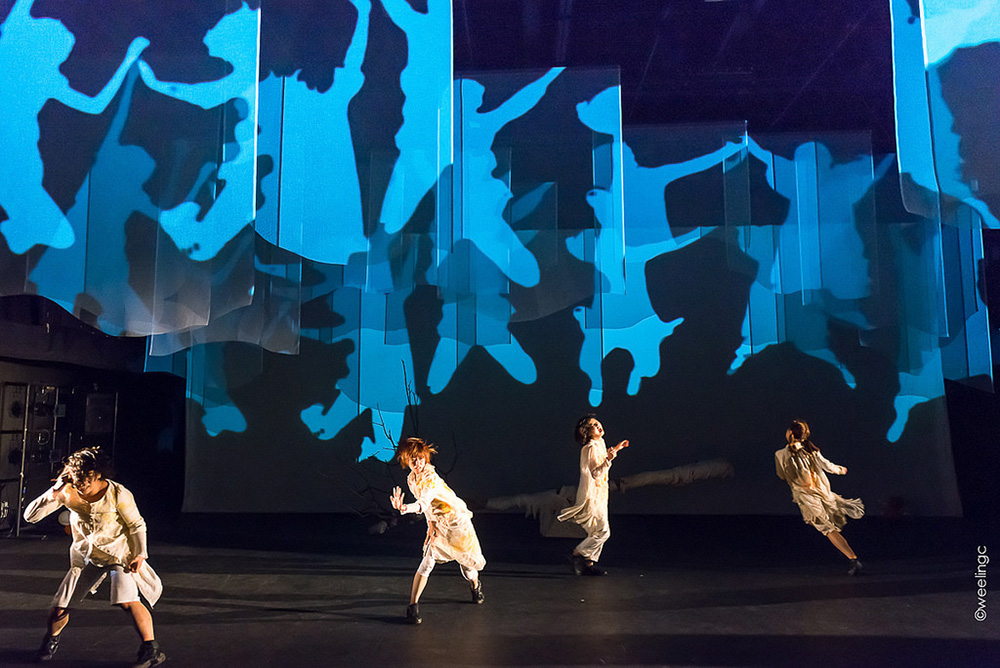
- Credit -
Stage Manager : Koro Suzuki, Chikage Yuyama
Photography : Hideto Maezawa, Yuhei Kaneda
Presented by Nibroll
Produced by precog
Co-produced by Yokohama Creative Center, Yokohama Arts Foundation, Kanazawa Arts, Echigo-Tsumari Art Field, Action Palan of Kanazawa Citizen's Art Center, Japan Foundation Kuala Lumpur
Sponsor : HOKKOKU SHINBUN, MRO Broadcast, Ishikawa TV, FM Ishikawa
Supported by Japan Arts Council
Special Thanks : Steep Slope Studio, Kei Ito, Hironori Itabashi, Yuka Oikawa, People in Kuramata
- Archive Site -
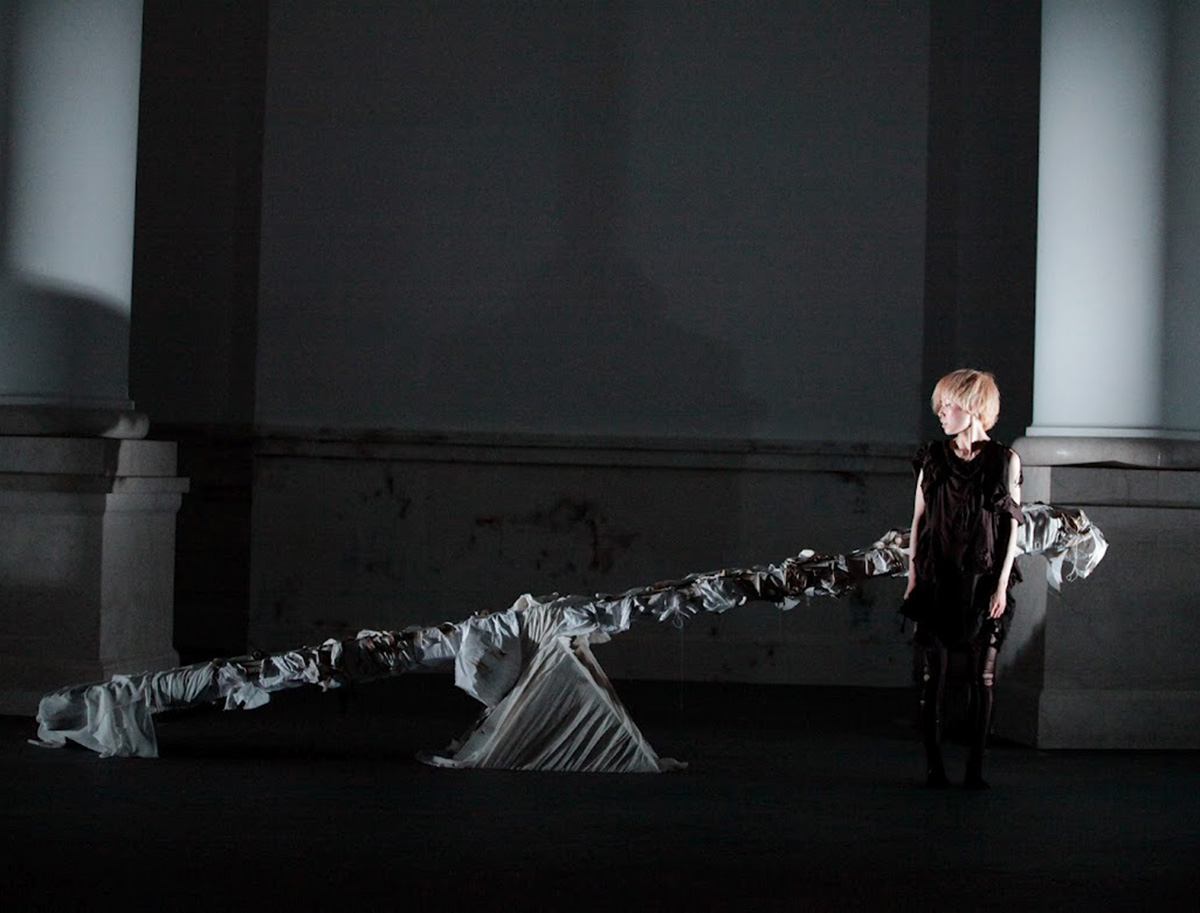
©2018 Nibroll All Rights Reserved.